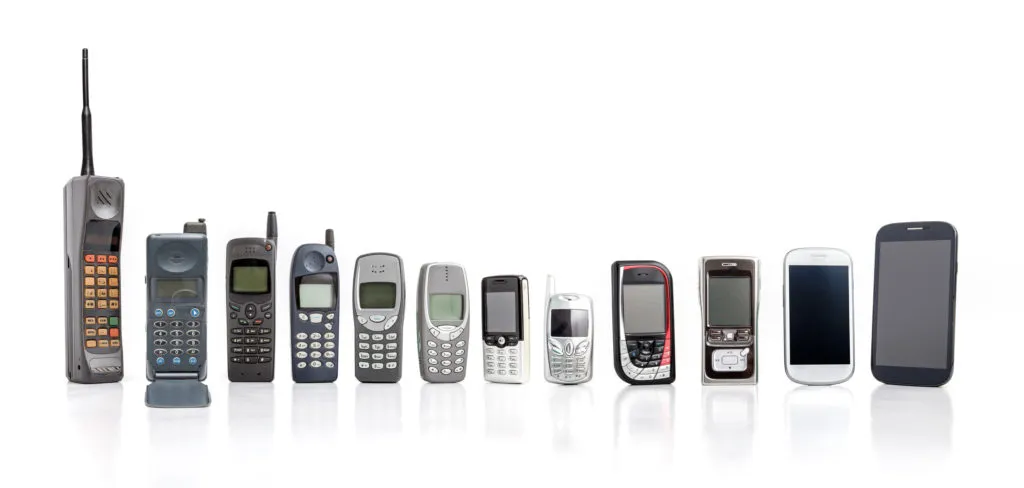1. The First Generation (1G - Analog Phones):
- The journey begins in the 1980s with the introduction of the first-generation (1G) mobile phones, which were large and primarily designed for voice calls. These phones operated on analog networks and had limited coverage.
2. The Rise of 2G (Second Generation):
- The 1990s saw the advent of 2G technology, which introduced digital networks, text messaging (SMS), and improved call quality. These phones were smaller and more affordable, making them accessible to a broader audience.
3. The Era of 3G (Third Generation):
- In the early 2000s, 3G technology brought faster data transfer, enabling basic internet access, multimedia messaging, and early mobile applications. This marked the transition to more advanced feature phones.
4. The Birth of the Smartphone (4G - Fourth Generation):
- The true game-changer came with the introduction of smartphones. The iPhone, released in 2007, revolutionized the industry. These devices combined voice calls with internet access, apps, and multimedia features. 4G technology provided faster internet speeds, enabling seamless video streaming and app usage.
5. The Reign of 4G LTE (Long-Term Evolution):
- 4G LTE further improved data speeds and network reliability, leading to the proliferation of mobile apps and services. Smartphones became an integral part of daily life, facilitating tasks like navigation, email, and social media.
6. The Emergence of 5G (Fifth Generation):
- 5G technology, introduced in the 2010s, promises even faster data speeds, low latency, and enhanced connectivity for emerging technologies like the Internet of Things (IoT) and augmented reality (AR). It's expected to drive innovations in autonomous vehicles and telemedicine.
7. The Era of Foldable and Flexible Displays:
- Recent advancements in phone design have introduced foldable and flexible displays. These devices can be compact like a regular smartphone or expanded into a tablet-sized screen, offering new possibilities for multitasking and productivity.
8. Mobile Photography and Videography:
- Modern smartphones are equipped with advanced cameras and video recording capabilities. They've become the primary tools for capturing moments, sharing content on social media, and even creating professional-quality photography and videography.
9. Integration with Artificial Intelligence (AI):
- AI is integrated into mobile devices, enabling features like voice assistants, predictive text, and image recognition. AI-driven applications enhance user experiences and personalize recommendations.
10. App Ecosystem: - The app ecosystem has exploded, with millions of apps available for various purposes, from productivity and entertainment to health and fitness.
11. Enhanced Security and Biometrics: - Mobile phones now feature advanced security measures such as facial recognition and fingerprint scanning to protect user data and privacy.
12. Sustainability and Environmental Concerns: - The industry is increasingly focused on sustainable practices, including phone recycling, reducing e-waste, and using eco-friendly materials.
The evolution of mobile phones has been a journey from basic voice communication to powerful, multifunctional devices that have transformed how we live and work. With the continued development of 5G, AI, foldable displays, and more, the future of mobile phones promises even more exciting innovations and possibilities.




Comments (0)